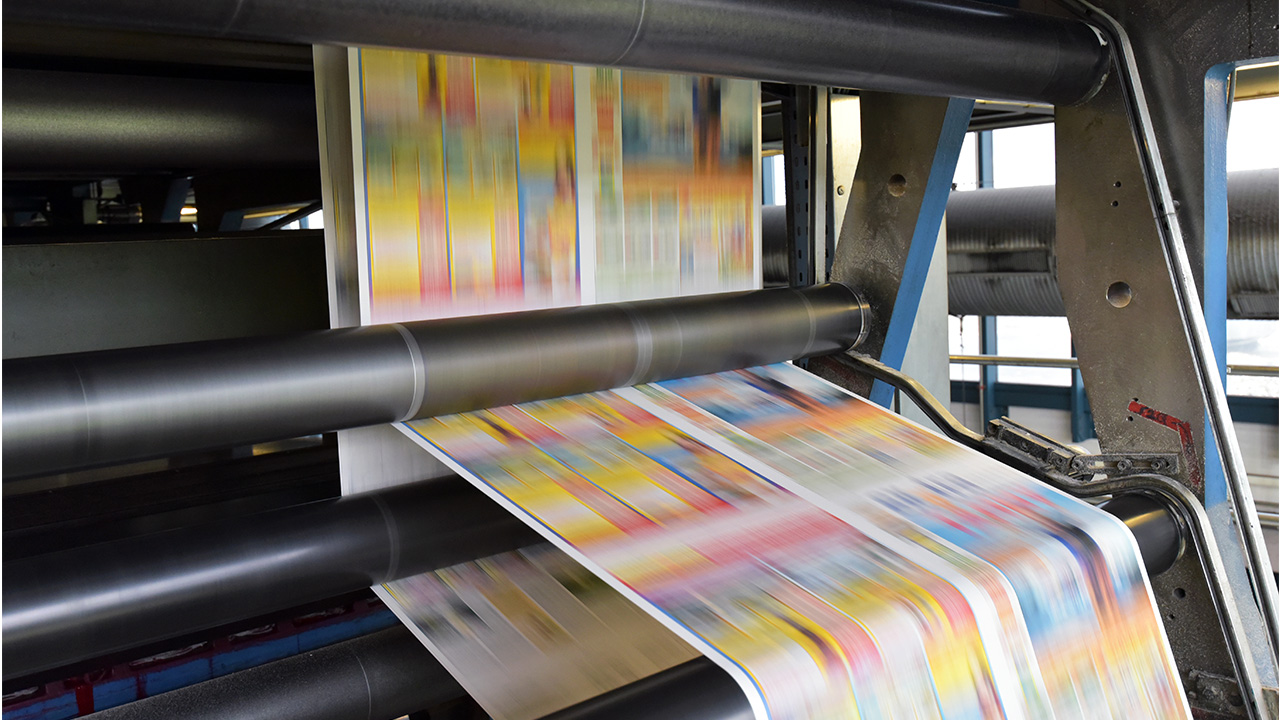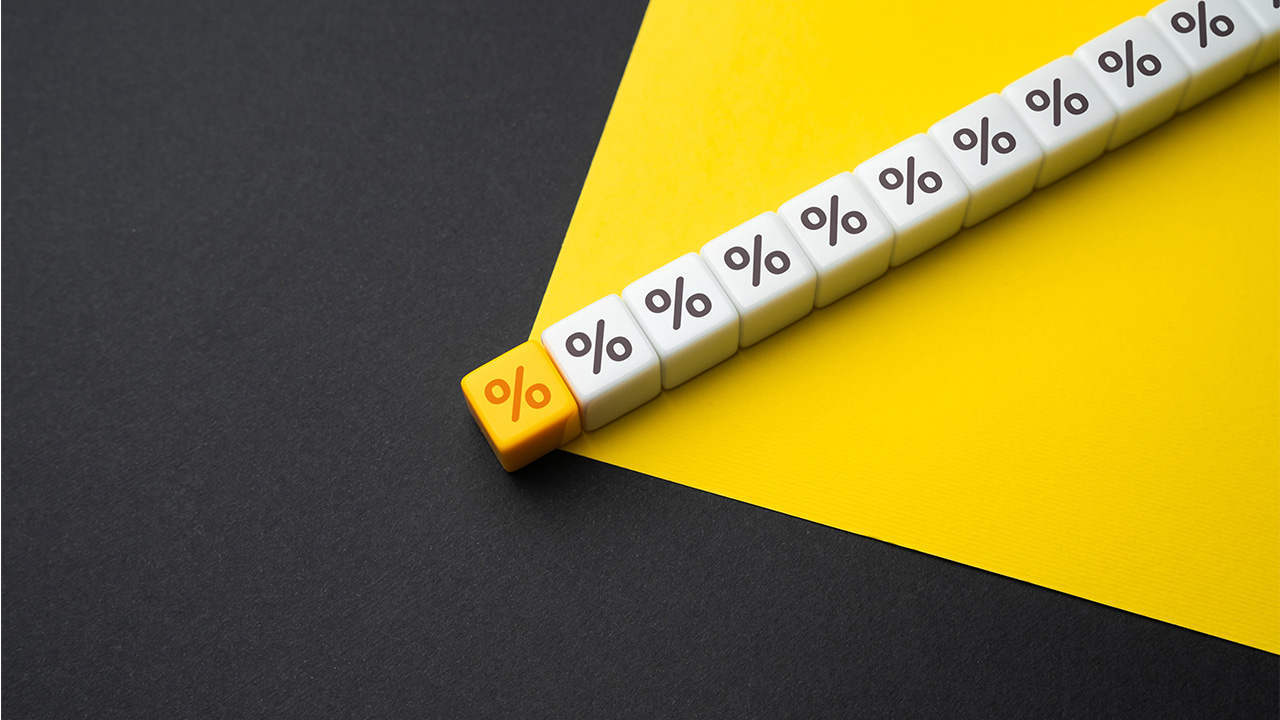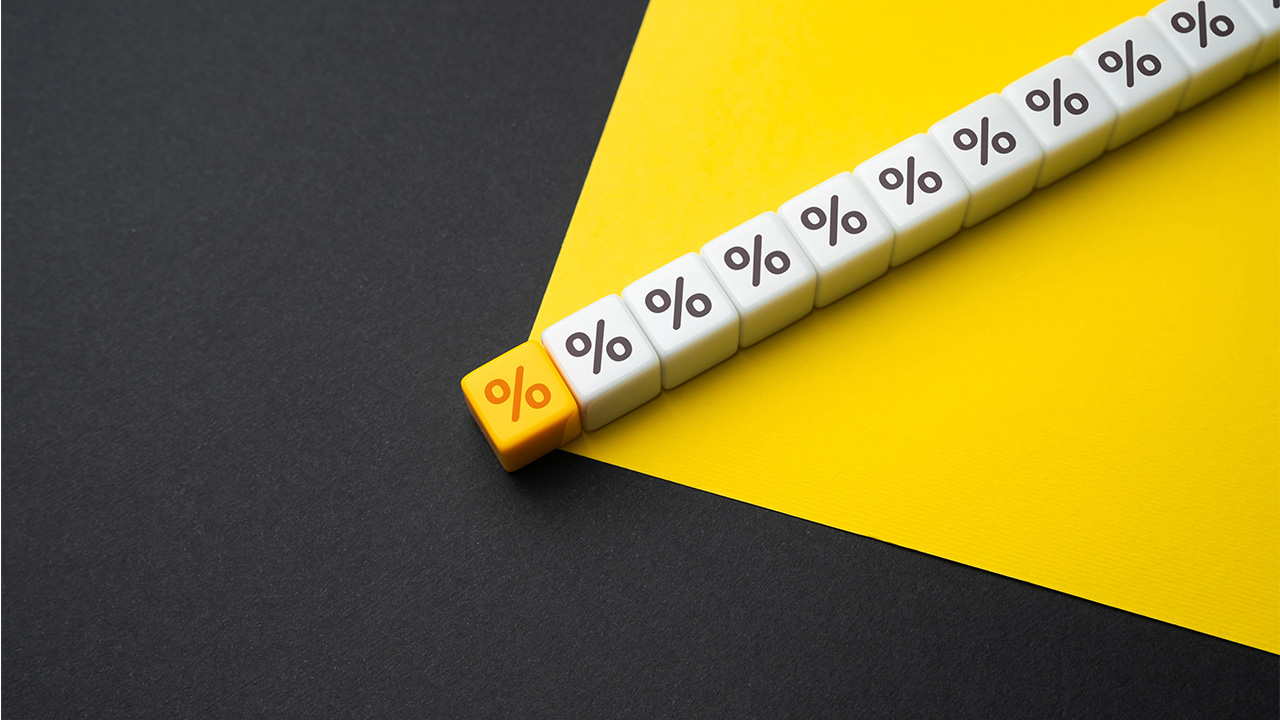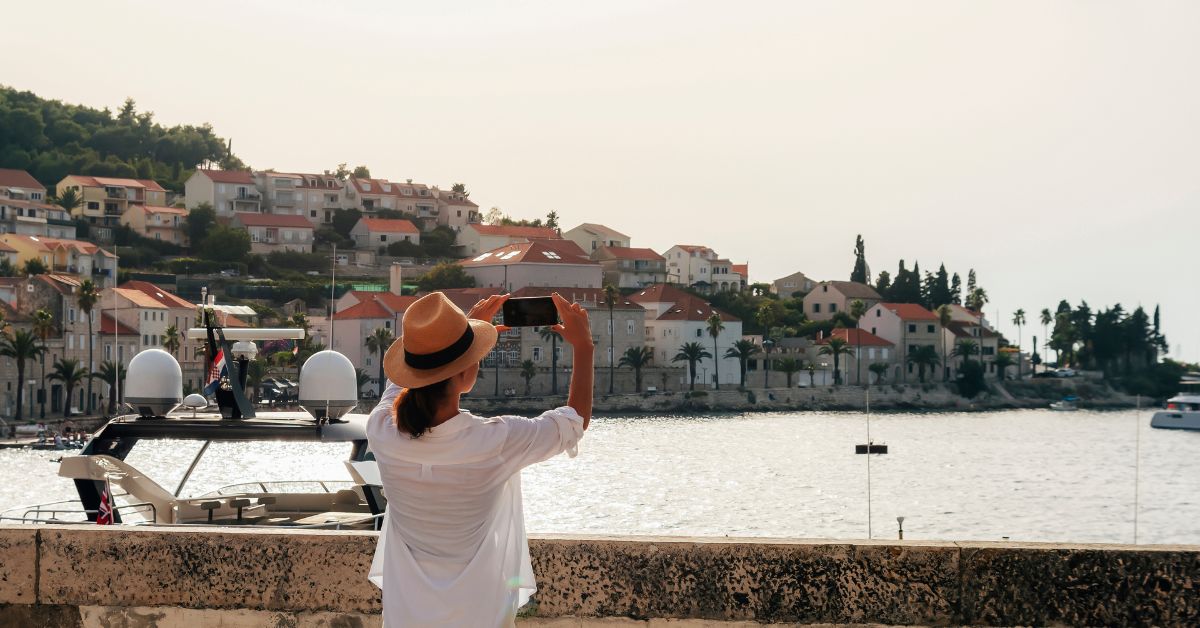In a world drowning in digital noise, what if the most cutting-edge thing that you could do in your tourism business was to pick up a piece of paper? Today, we’re challenging the conventional wisdom that print advertising and print marketing is dead—because it’s not. We’re gonna explore how, when it’s used strategically, traditional print can be a powerful tool.
To elevate your brand, engage with travellers, and drive bookings to your business in 2025 and beyond. We’re gonna cover why print still matters, how to target the right audiences, some innovative integration strategies so that you can integrate it with your digital marketing, and importantly, how to measure success.
Because if you don’t measure what’s working, then you don’t know what to do more of. But we are here to say print is not obsolete. Print is not dead. It’s evolving.
Why Does Print Marketing Still Work for Tourism in 2025?
So, first up—why print still matters in a digital world. And the thing to take away from this is that print builds trust. It engages the senses and offers a refreshing alternative to digital overload. You don’t have to spend more than a couple of minutes online before you’re overwhelmed with ads—whether it’s social media, search engines, or wherever it is that you’re hanging out.
Online ads are everywhere. Print offers a refreshing and tangible alternative to what people are calling digital fatigue. And it’s a growing movement. There’s a big movement, a big trend growing in Gen Z, of moving towards dumb phones—phones that essentially are the opposite of a smartphone with all this internet integration, because they’re suffering from digital overload and they’re looking for a digital detox.
Where better to gain that person’s attention than in print when they’re getting away from their digital overload? The other thing that’s worth keeping in mind is that consumers often perceive print advertising as being more trustworthy than online ads. A recent survey outta the US showed that 82% of internet users find print ads more credible, more reliable, and more trustworthy.
And think about that feeling you get with a high-quality print magazine in your hand. Now, for a lot of people, we stopped reading magazines a long time ago, and maybe your experience is just those cheap, trashy tabloid magazines that you see at the supermarket checkout. But what I’m talking about is that good quality—a little bit of heavy, a little bit thicker paper.
You can’t help but feel the quality when you’re holding something like that. And if your ads and your promotional materials are associated with that, it rubs off on your brand as well. But like with any marketing, it’s important to be targeted. And as much as it’s not quite as easy as targeting in print as it is in digital, it’s still important and it’s still possible.
How Can Tourism Businesses Effectively Target Audiences With Print Advertising?
And print is most effective when it’s strategically targeted to specific traveller segments through the right formats. For example, if you’re trying to target older travellers—say 55, 65 plus—they still have a strong affinity for print: newspapers, magazines, informative brochures, and things like that.
They’re highly effective channels for reaching this audience. A similar study as before showed that 81% of adults aged 65 and older still read a physical newspaper every day. Not really. Luxury travellers is another big one that has a strong affinity for print, especially in high-end luxury publications that showcase exclusivity, heritage, and quality.
What you need to really take into consideration is to think about which media your ideal customer consumes and target the best channels to reach those demographics. Now, integration—building the bridge between the physical and the digital. The future of print, in my opinion, lies in its ability to seamlessly integrate with digital technologies.
What Are the Best Ways to Integrate Print and Digital Marketing for Tourism?
And complement them rather than compete against them. And the biggest way to do this is you’ve gotta move away from your throwaway brochures and create something valuable. So, in tourism and hospitality, think good-quality collectible maps that can be used more than once. Not your throwaway brochure style—illustrated travel guides, high-quality magazines, things like that.
But if you’re looking to, again, bridge that digital-to-physical divide, you can unlock things like dynamic content with augmented reality. Scan the page with your smartphone to watch a video based on this article, this location, and this destination. You can use QR codes and your print to unlock digital platforms—unique codes for discounts, exclusive offers, and all that type of stuff.
Things that they wouldn’t find if they only arrived digitally. And you can personalise your print materials to individual preferences. It could range from tailored greetings on direct mail pieces to different versions of the brochure that highlight different attractions or services based on what you know about your customers through your digital CRM. Print is most effective when it’s integrated with digital channels.
Some businesses that we’ve dealt with have reported huge increases in the response rate when print and digital are used together. Now, measuring your success, your ROI and its effectiveness of print. It’s not as easy as digital, but it’s not impossible—using things like QR codes with unique URLs, coupon codes, customer surveys, and stuff like that.
How Can You Accurately Measure the ROI of Print Marketing Campaigns?
Focus on key metrics like ad recall, website visits that come through a specific URL, leads generated, and sales attributed to print. Again, another American example, but the Wyoming Office of Tourism invested in a nationwide campaign with a print component that cost them about $105,000.
The campaign achieved an impressive $209 return on investment for every dollar spent. Now, we don’t all necessarily have the same budget as the Wyoming Office of Tourism, but it’s a great example, and you can find details of it online. It’s a great example of the way they used their print advertising in collaboration with their digital.
So, print is a powerful asset when it’s strategic, targeted, integrated, and it can still be measurable. Like I said before, it’s not dead. It’s evolving. And don’t underestimate the enduring power of print.
What’s the Best Balance Between Print and Digital Marketing for Tourism Success?
As a tech-savvy guy, I spend most of my time sitting behind a desk looking at a screen off and on the internet. And there was a regional tourism organisation a little while ago that decided to save money on their print visitor guide. They still produced the same guide. It was still full of lots of great information, fantastic photos, et cetera.
But instead of printing it and sending it out to the visitor centres in the state, they opted to send them a poster with a QR code so that people could download the digital interactive version of their destination guide—their visitor guide. I did that. It was a fantastic experience. It was quick, it was easy, it was streamlined.
But the problem is, I flicked through it once on my phone, and then it went away. Whereas if I had their physical catalogue, brochure, magazine—whatever you want to call it—that they’d had the year before, it’s the kind of thing that when you’re going on a road trip, it gets left on the dash. Or if you’re sitting in your accommodation—your hotel room—it might get left on the coffee table, and you flick through it while you’re drinking your morning coffee.
If you go all in on digital and forget print completely, like with this example of the regional tourism organization, the following morning, sitting in your hotel room, drinking your coffee, you may well pick up your phone, but you’re probably not gonna go and find that thing that you downloaded two days before or even two weeks before when you were planning this trip.
You’re just gonna open up Facebook or whatever social media platform you’re on, and you’re gonna scroll through there. Whereas if you had that physical product that was perhaps waiting for you in the hotel room, or you picked up at the visitor center on your way through, you’re still gonna have that physical connection and you’re gonna be more likely to flick through it while you’re drinking your morning coffee—and that’s the difference.
Just like with everything, marketing is all about a balance. If you go all in on digital, then you’re missing an opportunity in print. And I have to acknowledge, in today’s world, if you are all in on print and ignore digital, you’re gonna suffer. But the beauty is in the balance. You need to find that balance between the two.
Ready to leverage the power of print marketing for your tourism or hospitality business? Contact Scott Aussie today for a free consultation.










